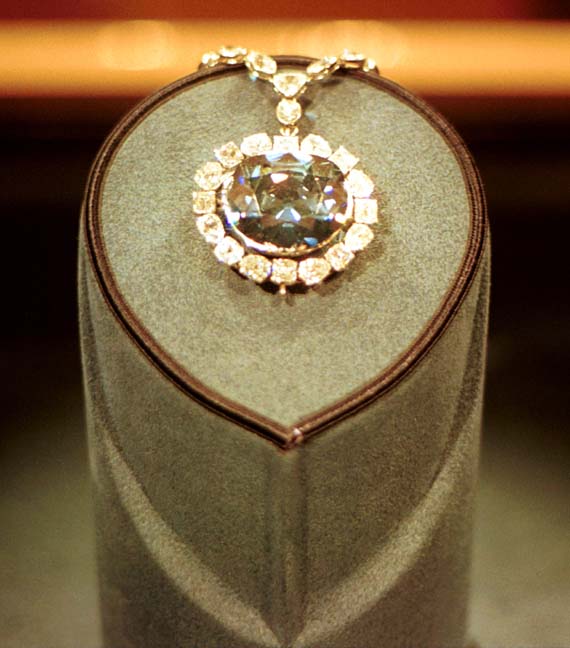 Peter Vergo, ed., The New Museology (London: Reaktion, 1989).
Peter Vergo, ed., The New Museology (London: Reaktion, 1989).In 1989, Peter Vergo edited a series of essays on the museum and its functions. The essayists in The New Museology note that objects have multiple meanings, museums are products of cultural and ideological discourse, and museum visiting is itself a cultural phenomenon. The many authors note that the act of collecting always has had a political, ideological, and/or aesthetic dimension. Every acquisition and deaccession in a museum, every juxtaposition of objects, every arrangement of a work of art "means placing a certain construction upon history, be it the history of the distant or more recent past, of our own culture or someone else's, of mankind in general or a particular aspect of human endeavor." Museums (if they ever truly were) are certainly no longer, the essayists argue, bastions of "true" knowledge and temples of objective truth. Every museum exhibition, whatever its subject, inevitably draws upon the cultural assumptions and resources of the people who create the exhibition.
 Amy Henderson and Adrienne L. Kaeppler, eds., Exhibiting Dilemmas: Issues of Representation at the Smithsonian (Washington and London: Smithsonian Institution Press, 1997).
Amy Henderson and Adrienne L. Kaeppler, eds., Exhibiting Dilemmas: Issues of Representation at the Smithsonian (Washington and London: Smithsonian Institution Press, 1997).Published to commemorate the 150th anniversary of the Smithsonian Institution, Exhibiting Dilemmas utilizes twelve essays by Smithsonian staff members to address issues of ideology, cultural assumptions, and curatorial practices. Steven Lubar, in the book's opening essay, calls for museum curators to make use of audience "memory" within exhibitions and to explain the complexities of exhibitions to visitors. But the most intriguing essays in Exhibiting Dilemmas are the ones that focus on historicizing and deconstructing the myths around individual objects:

- William Truettner's "pro-revisionist" discussion of hypothetical labels for Emmanuel Leutze's The Founding of Maryland;
- Mary Jo Arnoldi's reading of Herbert Ward's sculptures of Africans;
- Jane Maclaren Walsh's dialogue regarding the problematic history and authenticity of an Aztec crystal skull.

- and Richard Kurin's look at the Hope Diamond (stating his belief that it is on display in the wrong museum on the Mall);
As time permits, I will post on some more museum studies books that I have enjoyed reading.

No comments:
Post a Comment